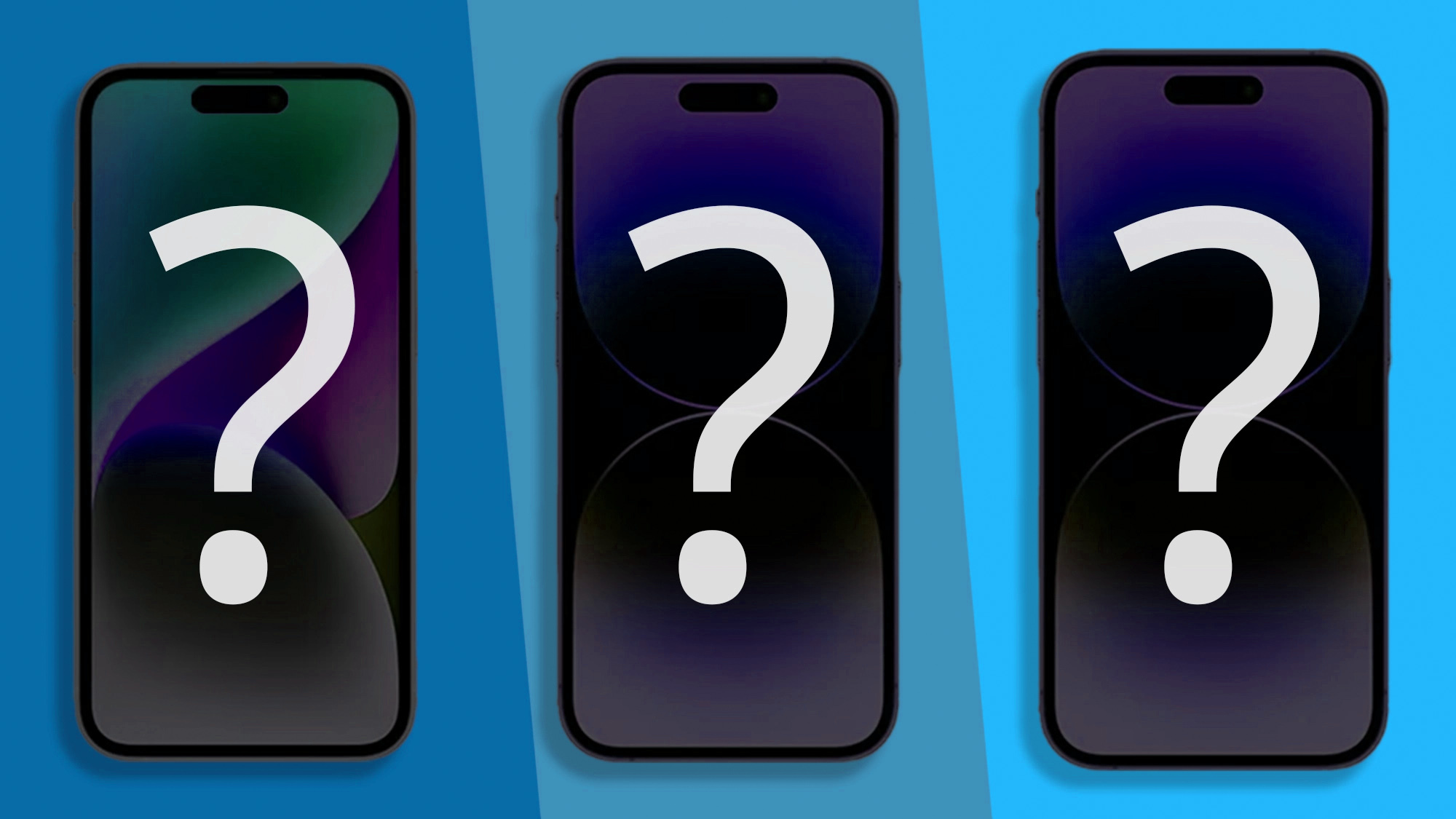
Apple will almost certainly hold its annual iPhone launch in September this year, with the iPhone 15, iPhone 15 Pro and iPhone 15 Pro Max (which may end up being called the iPhone 15 Ultra) set to succeed the company’s iPhone 14 line.
Apple may also reveal an iPhone 15 Plus come September, continuing the legacy of last year’s iPhone 14 Plus, although that phone will likely offer the same performance, display and camera credentials as its standard sibling.
We’ve detailed the expected iPhone 15 release date, iPhone 15 specs and iPhone 15 screen sizes elsewhere on TechRadar, but in this guide, we break down the rumored design upgrades heading to each new iPhone model.
iPhone 15 design
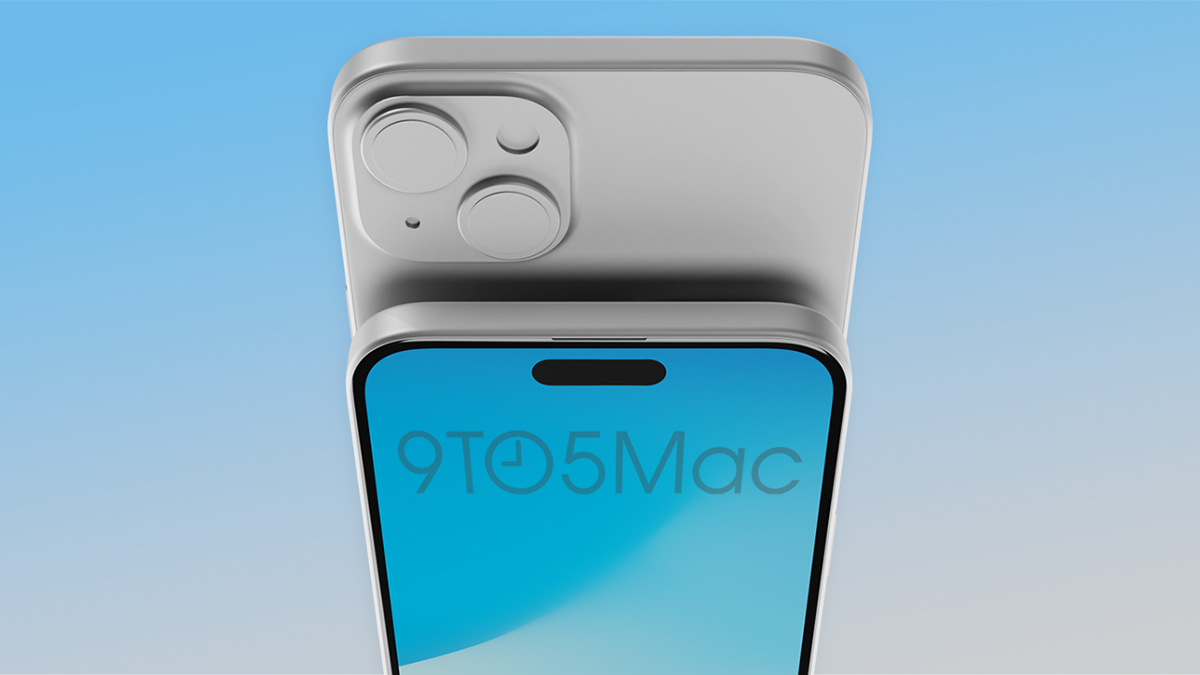
- Could get iPhone 11-style curved edges
- New camera bump rumored
- May inherit the iPhone 14 Pro's rear glass panel
- USB-C all-but confirmed
Leaks surrounding the standard iPhone 15’s design hint at some noticeable differences between Apple’s next vanilla iPhone and the base iPhone 14.
Chief among the design rumors is the suggestion that all four iPhone 15 models are going to get slightly curved edges, meaning the iPhone 15 could look more like the iPhone 11 than the iPhone 14, which rocks a straight-sided aesthetic akin to the iPhone 12 and iPhone 13.
The iPhone 15 and iPhone 15 Plus are apparently getting a new camera bump, too, which is a rumor that's been further corroborated by unofficial iPhone renders, based on case specifications (see the 9to5Mac render above).
The standard iPhone 15 also looks set to inherit a key design feature of the iPhone 14 Pro. According to the same Weibo user, who previously correctly leaked the existence of the yellow iPhone 14, the iPhone 15 will ship with an iPhone 14 Pro-style textured matte glass rear panel, instead of the traditional glossy rear panel used by its predecessor.
Sign up for breaking news, reviews, opinion, top tech deals, and more.
Presumably, Apple is making this change to give its next standard model a more premium look and feel, though the move could also hint at different rear panel changes for the iPhone 15 Pro and iPhone 15 Pro Max.
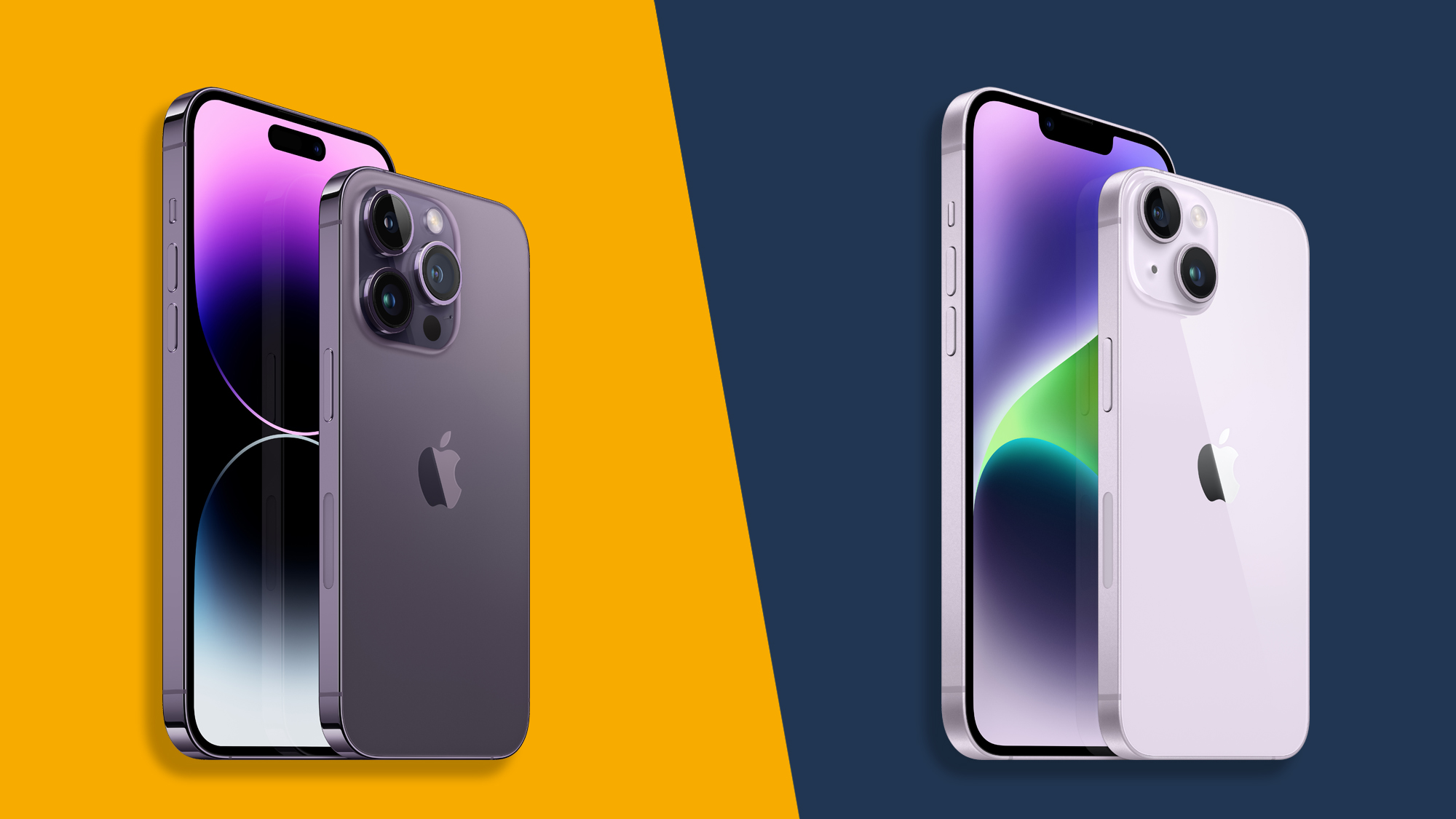
On the port front, the iPhone 15 is expected to get a USB-C charging port instead of the iPhone 14’s Lightning port (which has remained a fixture of every iPhone since the iPhone 5). The EU has told Apple that it has to add USB-C charging ports to iPhones from 2024, but all the signs point towards the company adopting the new charging standard in 2023.
Leaked iPhone 15 mockups obtained by MacRumors (below) corroborate that suggestion, as well as those rumors hinting at the phone's curved edges.
It looks as though the dimensions of the standard iPhone 15 handsets are going to be more or less the same as their iPhone 14 equivalents – although, as mentioned, there are reportedly going to be some slight variations in the size of the camera bumps. For reference, the iPhone 14 measures 71.5 x 146.7 x 7.8mm and weighs 172g, while the iPhone 14 Plus measures 78.1 x 160.8 x 7.8mm and weighs 203g.
It's also worth noting that Apple may be preparing to move to eSIM in countries outside the US for the iPhone 15, with eSIMs reportedly coming to the next generation of Apple’s best iPhones in France.
This is big news for all prospective iPhone 15 buyers outside of the US. Apple typically sells the same iPhone models across most of Europe, meaning SIM card-less iPhone 15s could also be coming to the UK, Ireland, Germany, Italy, Spain, Portugal and many other countries.
iPhone 15 Pro design

- Rounded edges, titanium frame rumored
- Could get thinner bezels than the iPhone 14 Pro
- Solid-state buttons were rumored, but now unlikely
As with the standard iPhone 15, we expect the iPhone 15 Pro to be similar in size and weight to its predecessor – that’s 147.5 x 71.5 x 7.85mm and 206g – but it could still look like a very different device.
We’ve heard from multiple sources, for instance, that both the iPhone 15 Pro and iPhone 15 Pro Max could get titanium sides, which would make them stronger and lighter than the stainless steel-framed iPhones currently available.
Both devices are expected to have rounded rear edges, too, in contrast to the iPhone 14 Pro’s sharp-angled sides. Apple was reportedly unsure about implementing this design change for the iPhone 15 Pro and iPhone 15 Pro Max, but leaked iPhone 15 Pro renders (below) showing off these curved sides have since emerged, adding credence to the rumor.
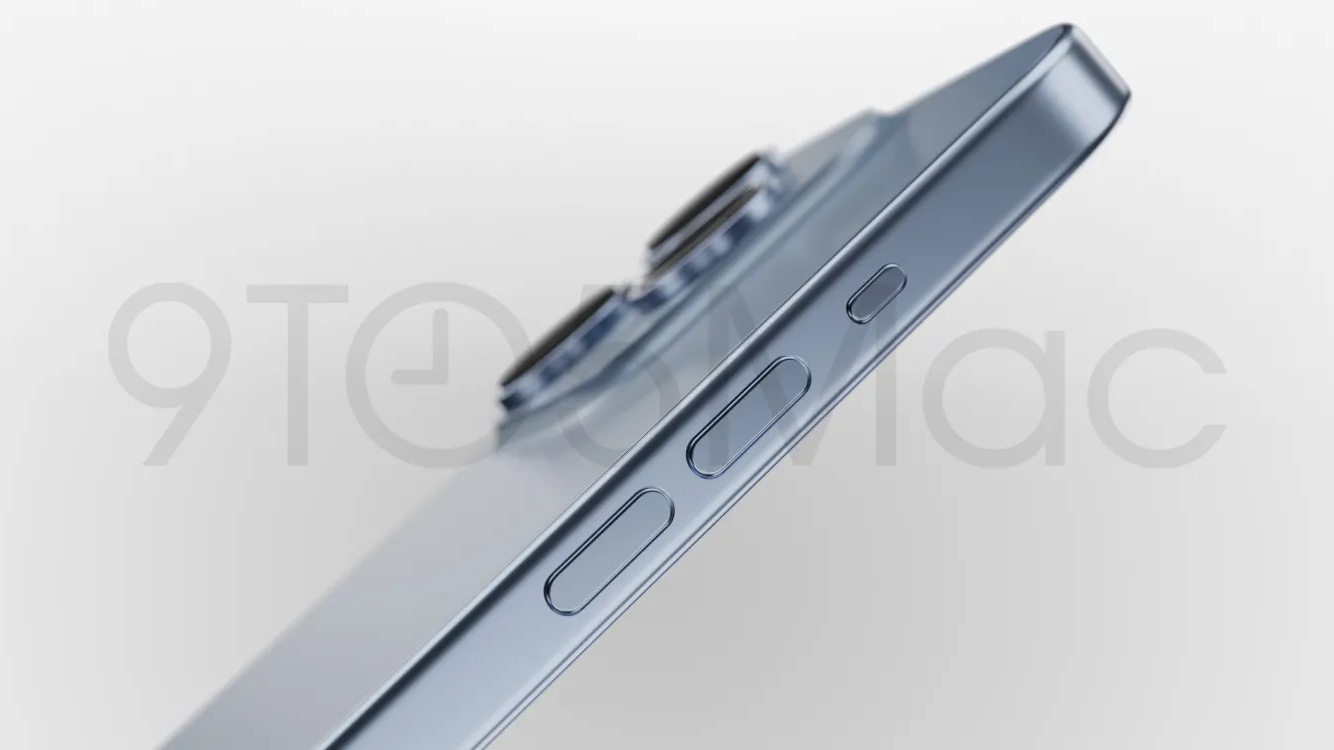

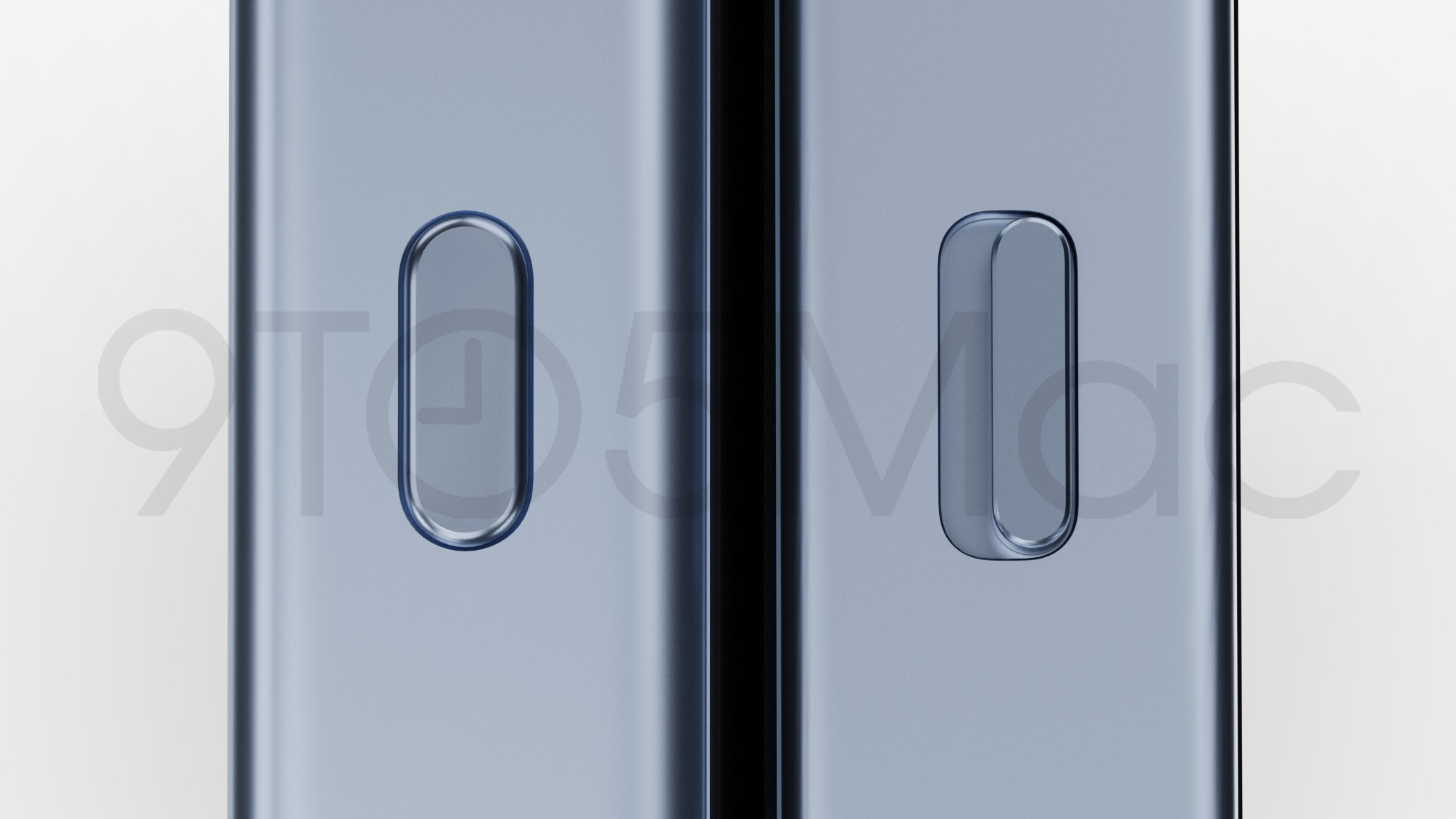
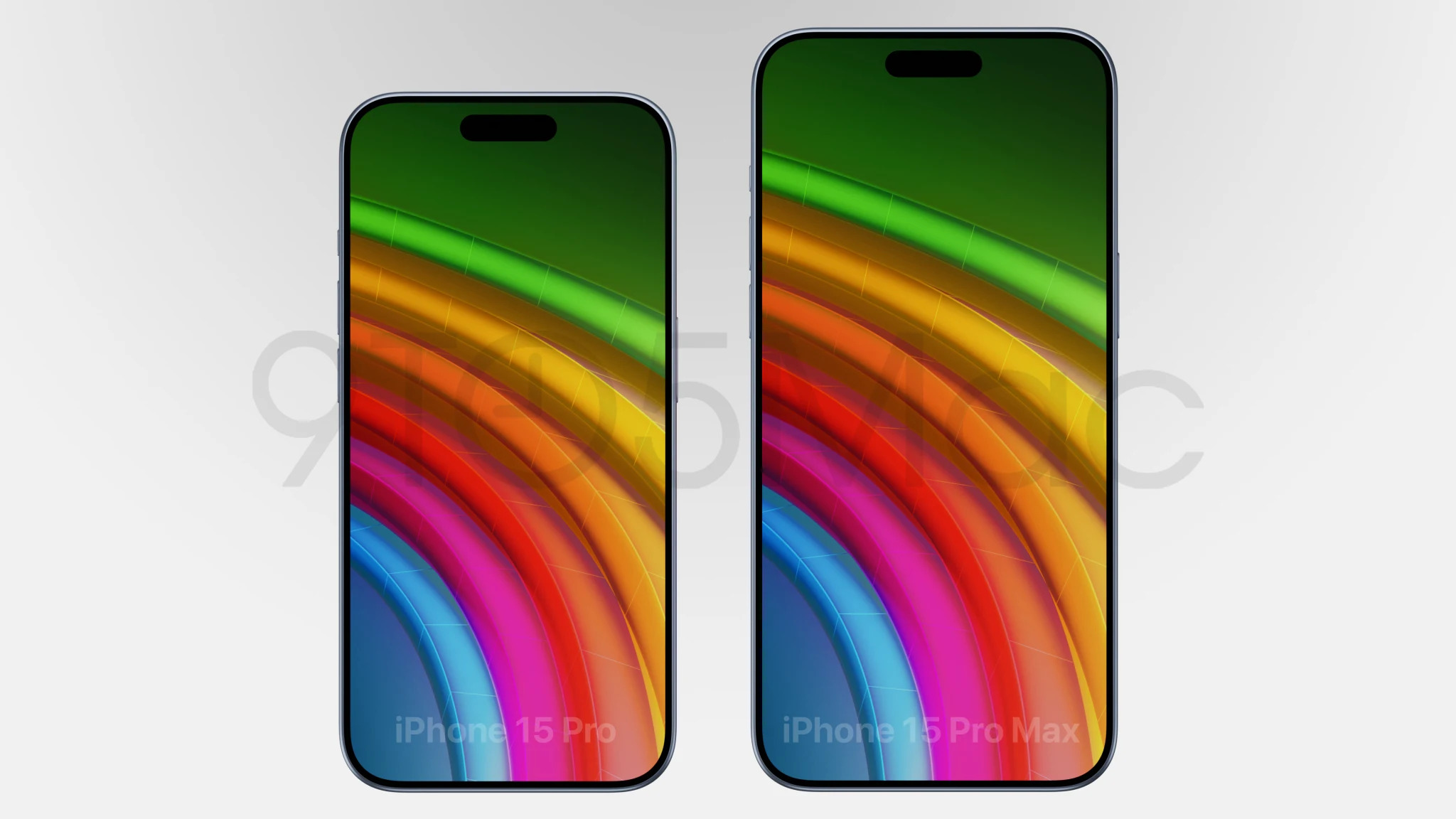
We’ve also heard that the iPhone 15 Pro will be getting thinner bezels than the iPhone 14 Pro – which would be an impressive feat on Apple’s part, given that the latter’s bezels are already remarkably thin.
The iPhone 15 Pro and iPhone 15 Ultra were widely rumored to get solid-state volume and power buttons, too, but Apple analysts subsequently poured water on those claims. Leaks had suggested that these buttons would use haptic vibrations to simulate the sensation of being touched, despite not actually moving, but this technology is now expected to debut on the iPhone 16 line.
And finally, as with the standard iPhone 15, the iPhone 15 Pro is expected to come with a USB-C charging port in place of Apple’s Lightning port.
iPhone 15 Pro Max design
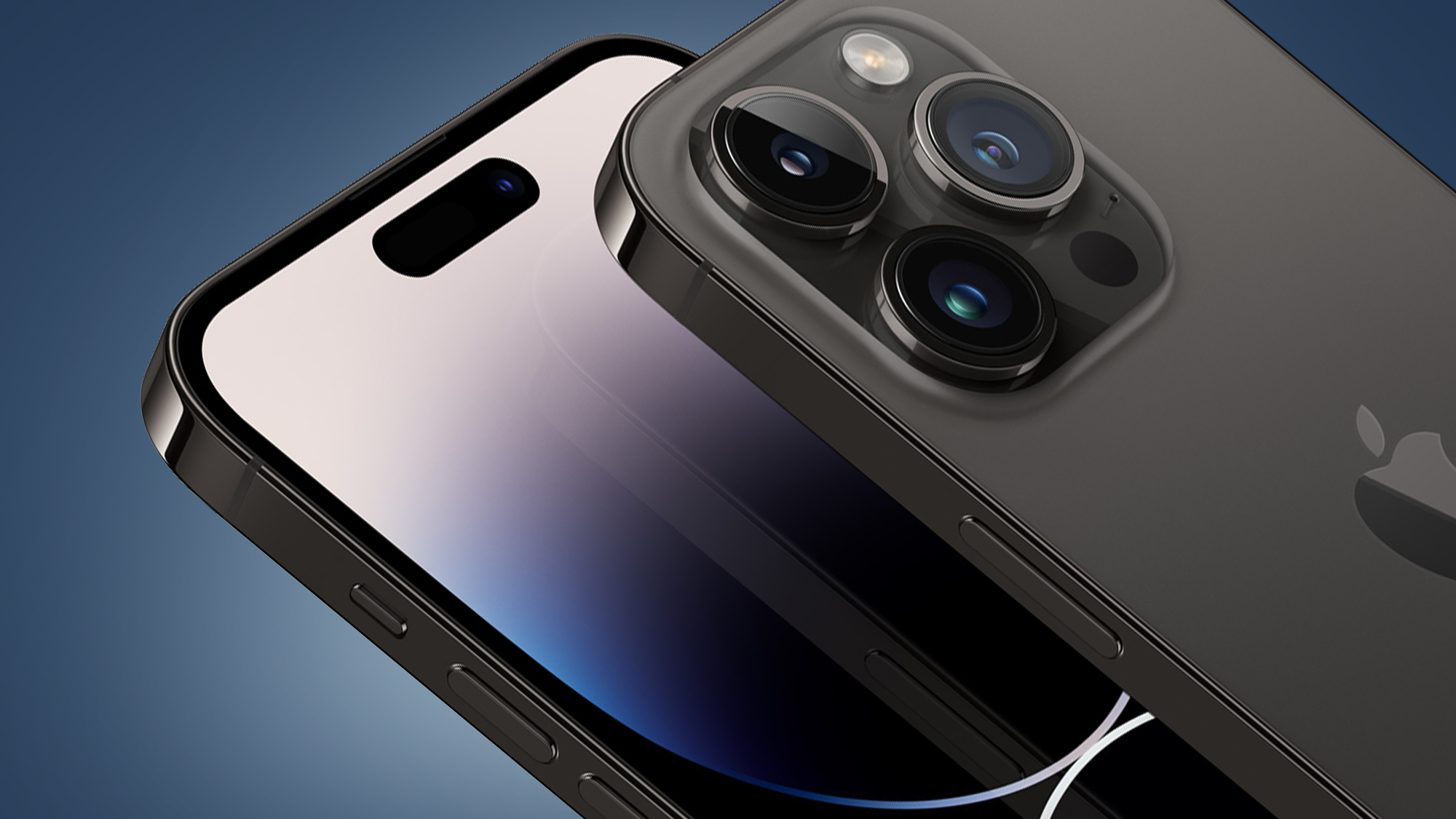
- Will share design features with the iPhone 15 Pro
- ... though will be larger, and its superior camera could influence design
- Rumored to come in only one color
The iPhone 15 Pro Max – or iPhone 15 Ultra, as it might be called – will likely benefit from all of the same design upgrades as its smaller sibling. That means we can expect curved edges, a titanium frame, super-thin bezels and a USB-C port.
We’re expecting the phone to maintain the same size credentials as its predecessor, too, meaning the iPhone 15 Pro Max will likely measure around 77.6 x 160.7 x 7.85mm. The only design differences between the iPhone 15 Pro and iPhone 15 Pro Max, then, will surely come from the latter's rumored superior camera features.

For instance, we've heard that the iPhone 15 Pro Max could be getting a telephoto camera with a variable zoom lens – of the sort rumored to feature on the Samsung Galaxy S24 Ultra – as well as the largest main sensor ever used in an iPhone.
Neither of these features seem destined for the iPhone 15 Pro, meaning the camera array on the iPhone 15 Pro Max will likely be arranged slightly differently. This superior photography tech will surely make the phone heavier than its predecessor, too, which weighs 240g.
We've also heard that the iPhone 15 Pro Max might have a dual-lens front-facing camera, with the same source saying that the phone might only come in one shade – the same silver color as the Apple Watch Ultra – if indeed it does end up being called the iPhone 15 Ultra.

Axel is TechRadar's Phones Editor, reporting on everything from the latest Apple developments to newest AI breakthroughs as part of the site's Mobile Computing vertical. Having previously written for publications including Esquire and FourFourTwo, Axel is well-versed in the applications of technology beyond the desktop, and his coverage extends from general reporting and analysis to in-depth interviews and opinion.
Axel studied for a degree in English Literature at the University of Warwick before joining TechRadar in 2020, where he earned an NCTJ qualification as part of the company’s inaugural digital training scheme.
